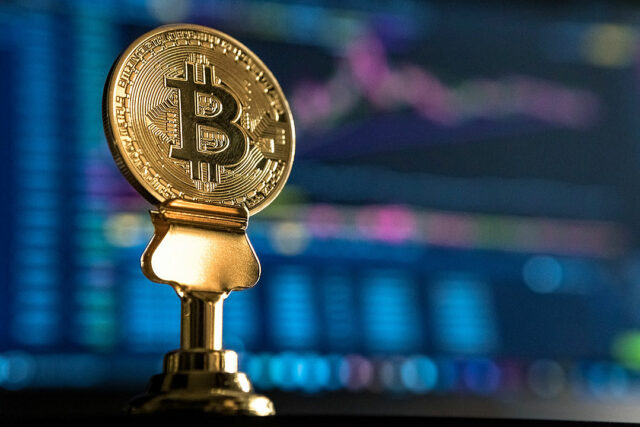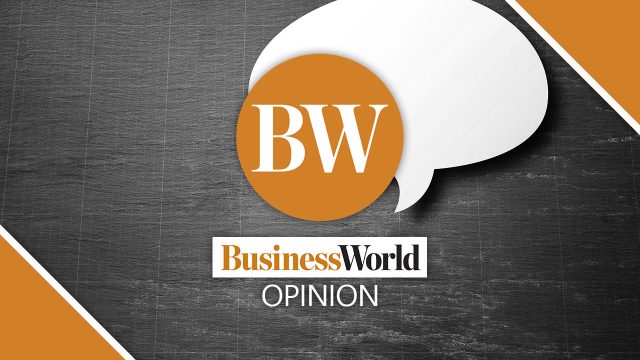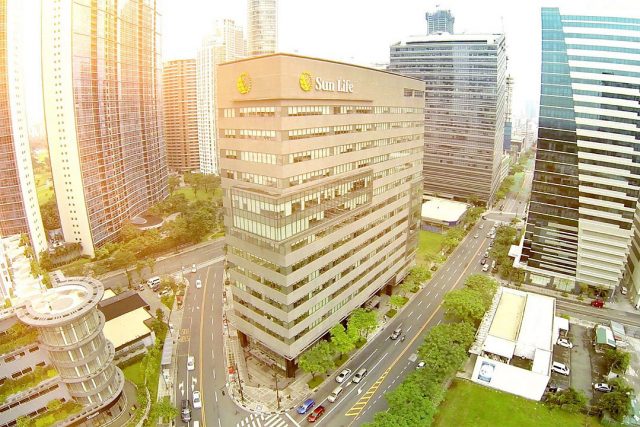International Anti-Corruption Day has been commemorated the world over every Dec. 9 since 2003 when it was first instituted during the United Nations Convention Against Corruption.
The fight against corruption, however, is a constant daily struggle, with forward and then backward steps that compromise our nation’s ability to attract investments, our government’s drive to be efficient, and our people’s chance to participate in and benefit from a thriving economy.
This year’s commemoration recognized existing efforts by governments, the private sector, and society in general to curb corruption. Indeed, much has been done to tackle a seemingly insurmountable challenge, from the global to the national to the local level. In the Philippines, we have never wanted for laws that govern how public officials must comport themselves in the exercise of their official functions.
We know too well, however, that the mere existence of laws is never a guarantee of the fulfillment of their objectives. That we have laws and other mechanisms in place to discourage corruption does not appear to be a factor for those hellbent on taking advantage of our flawed systems for their personal profit.
Laws notwithstanding, there is bigger work ahead of us.
This is not a fight to be waged by watchdogs and critics alone. Nor by the government on its own, nor by the private sector, nor by the general public so outraged by the acts of their officials. The fight against corruption, given how deep and far-reaching and consequential it is, is a challenge that must be taken on by the whole of society. After all, its ultimate end would be to create a prosperous nation where people are productive and upwardly mobile, able to partake from the economy.
One of the surest ways to combat corruption is through transparency and accountability. Many corrupt activities occur in secret and in the dark, with only a few people exercising their own discretion, making decisions and executing transactions in their undisturbed spheres of interest. Transparency sheds light on these processes. Transparency is enhanced by digitalization, which automates transactions and reduces human intervention to a minimum.
The current administration has time and again articulated its pursuit of digital transformation, not only to be at par with the capabilities of the rest of the world but to make it easier for investors to do business here in the Philippines. Unfortunately, often what is articulated on top does not necessarily translate to what happens on the ground, especially at the local government level. According to a survey conducted by PwC in partnership with the Management Association of the Philippines (MAP) in 2023, 97% of Filipino CEOs feel like the government is not doing enough to fight corruption. This has vastly affected investment confidence.
This is the crux of the conversations we had on Thursday, Dec. 7, in an event organized by Stratbase ADR Institute in our own way of marking International Anti-Corruption Day. We offered a platform for a candid conversation among the government, the private sector, and civil society, where they shared invaluable insights into corruption and how best it must be addressed moving forward.
Dr. Francisco Magno, Trustee and Program Convenor, Stratbase ADR Institute, proposed harnessing transparency and accountability networks against corruption. These networks, he said, can act as a bridge between citizens and government institutions. To deal with corruption, he said, five things are key: Capacity-building, Collaboration, Public Awareness, Technology and Innovation, and Legal Reforms.
For former Ombudsman Conchita Carpio-Morales, scrutiny is a central concept. “Transparency in government transactions is a preventive measure in fighting corruption and combating impunity because it facilitates scrutiny of all government actions and transactions,” she said.
Undersecretary Gerald Divinagracia of the Anti-Red Tape Authority invoked a survey of 157 business leaders, of which 89% said improving the ease of doing business is necessary to boost collaboration with other countries and increase foreign direct investments.
Alex Cabrera, chairman of Integrity Initiative, places greater responsibility on the private sector as holding the solution, since there will be no bribe taker if there is no bribe giver. The incoming chairman and president of the Institute of Corporate Directors, Pete Maniego, said transparency and accountability have a direct correlation to company performance and shared values.
The event also focused on whole-of-society approaches to curbing corruption such as open audits where local government units are directly involved in participatory governance approaches. For Ateneo School of Government Dean Philip Arnold Tuaño, the auditing capability for local government officials is important as an effective measure for monitoring performance standards.
It’s heartening to note the show of solidarity that our friends from government, the private sector, civil society, academe, and government, expressed during the forum.
My profound gratitude to the Department of Budget and Management, Anti-Red Tape Authority, Makati Business Club, Philippine Trade, Inc., Institute of Corporate Directors, Ateneo School of Government, La Salle Institute of Governance, Asian School of Management, Development Academy of the Philippines, Integrity Initiative, International Center for Innovation, Legal Network for Truthful Elections, Transformation and Excellence in Governance, CitizenWatch Philippines, Philippine Business for Environmental Stewardship, Bantay Konsyumer, Kuryente at Kalsada, and Universal Health Care Watch.
There were many passionate statements worth mentioning, but what is important is to acknowledge that eradicating corruption requires collective effort, long-term commitment, and sustained efforts. It cannot be achieved overnight, but rather through consistency. By doing so, we will be able to see a country that will be wanted by investors for its transparency, inclusiveness, and non-tolerance for corruption.
Victor Andres “Dindo” C. Manhit is the president of the Stratbase ADR Institute.










![POMPEII - PRISON BAKERY [pompeiisites.org_]](https://www.bworldonline.com/wp-content/uploads/2023/12/POMPEII-PRISON-BAKERY-pompeiisites.org_-640x360.jpg)

